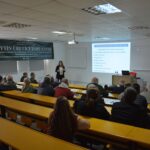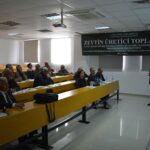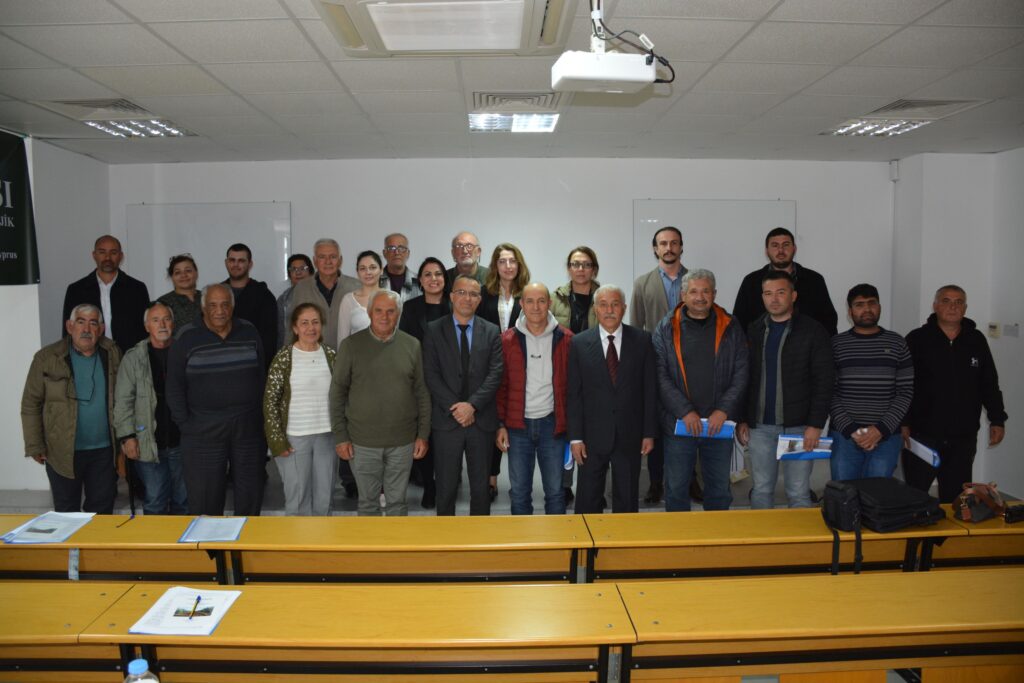
Olive producers came together at Near East University to ‘increase diversity and yield’!
The “Olive Producer Meetings” organized in collaboration with Near East University Faculty of Agriculture, Department of Food Engineering and İrfan Günsel Research Center were met with intense participation. The event, which brought together many expert olive producers and scientists at Near East University, included dean of Near East University Faculty of Agriculture, Prof. Dr. Özge Özden, President of TRNC Chamber of Agricultural Engineers (ZMO) Erkut Uluçam, Director of Agricultural Research Institute of the Ministry of Agriculture and Natural Resources, Cem Karaca.
The opening speech was given by Prof. Dr. Özge Özden at the event and Adana Olive Production and Marketing Cooperative President Dr. Mehmet Güler and Near East University Faculty of Agriculture, Department of Food Engineering faculty member Assoc. Prof. Dr. Şebnem Güler took part as speakers. The event aimed to increase individual and sectoral awareness on olive diversity, fertilization biology and yield increasing techniques. The genetic, biological, physiological and morphological characteristics of olive varieties in Northern Cyprus were discussed.
In the event enriched with scientific presentations, determination of productive olive varieties, pollinator selection and analyses made on the adaptation abilities of olive trees were shared with the participants. The event focused particularly on topics such as fertilization, pollinator selection, productivity increasing methods and maintenance practices. In addition to scientific information, the participants also acquired comprehensive information about current olive production techniques and practical solutions.
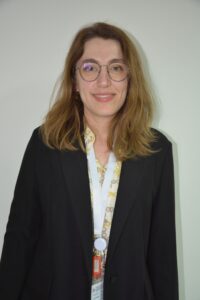
Quality and yield can be increased by making the right choice!
Assoc. Prof. Dr. Şebnem Güler, who made a presentation on the morphological, physiological and genetic characteristics of olive varieties, said, “The morphological, physiological and genetic characteristics of olive varieties are of great importance in terms of productivity and adaptation.” Assoc. Prof. Dr. Güler stated that in addition to morphological characteristics of olive trees such as leaves, flowers, fruits and seeds, physiological characteristics such as drought resistance, early or late ripening also affect the production process. Şebnem Güler emphasized that genetic analyses play a critical role in identifying varieties, determining their resistance to diseases, and evaluating their regional adaptations.
Saying “Quality and yield can be increased by selecting the right variety”, Assoc. Prof. Dr. Şebnem Güler stated that the local olive variety that has been grown in Northern Cyprus for many years was registered as “Ada Yerlisi-Island Native Tree” in 2024. Stating that there are approximately 600 thousand olive trees on the island, Assoc. Prof. Dr. Güler reported that the most dense of these are in İskele, Kyrenia, and Famagusta. She also emphasized that there are 11 thousand decares of planted olive area, 2,200 producers, 17 olive oil factories and 5 pickled olive facilities in Northern Cyprus. Stating that scientific analyzes conducted according to the International Olive Council (IOC) criteria are of great importance in terms of determining agricultural policies and production strategies, Assoc. Prof. Dr. Güler noted that an average of 15 thousand tons of olives, 2 thousand tons of olive oil and 500 tons of pickled olives are produced annually in Northern Cyprus.
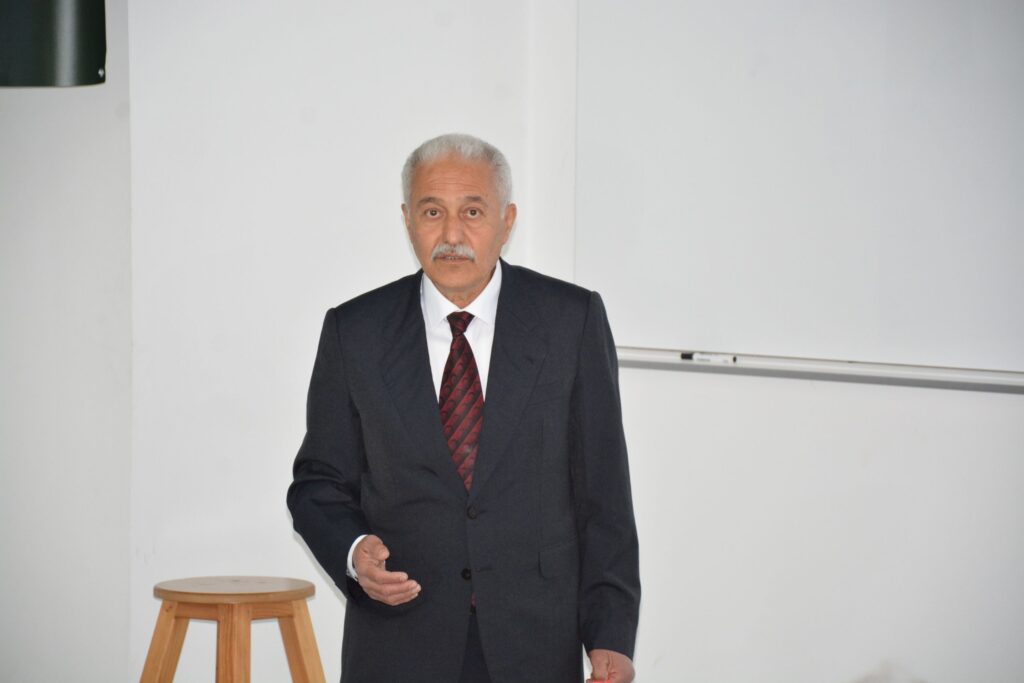
The way to increase production is through correct fertilization techniques!
Focusing on fertilization methods and plant nutrient deficiencies in olive farming in his presentation, Dr. Mehmet Güler emphasized the importance of fertilization by touching on the suitable growing conditions of the olive tree. Dr. Güler stated that the amount of organic matter in the soil is increased and the productivity of olive trees is increased with the “Green Fertilizer” technique. Emphasizing that the pH balance of the soil should be maintained during the fertilization process and that the sulfur application should be done carefully, Dr. Güler stated that fertilizers should be applied to a depth of 15-20 cm in the soil, parallel to the crown projection, and emphasized that the soil should be processed immediately after fertilization. Dr. Güler, who addressed the nutrient deficiencies in olive trees, stated that nitrogen deficiency causes yellowing of leaves, shoot weakness and flower drop, while phosphorus deficiency causes purple coloring of leaf tips, root weakness and delayed fruit ripening. He said, “Potassium, calcium, magnesium, manganese, zinc, boron and iron deficiencies also cause various growth and yield problems in olive trees. Quality and yield can be increased in olive production with correct fertilization techniques. The way to increase production is through correct fertilization techniques.” Dr. Güler concluded his presentation by saying “I wish you never lack olives and olive oil on your table.”
We provide olive oil quality analysis services at EU standards!
In her speech at the opening of the event, Prof. Dr. Özge Özden stated that olive and olive oil production has a strategic importance for our country and drew attention to the need to increase scientific studies in this field. Stating that olive, olive oil, beekeeping and honey production are among the important research areas of the faculty, Prof. Dr. Özden conveyed the faculty’s contributions in this field by saying, “Within the AGRI-VET Research and Application Laboratory, we provide olive oil quality analysis services at EU standards to regional producers.” Stating that the joint studies carried out with the Seville La Grasa Institute in Spain, Çukurova University and İzmir Bornova Research Institute have greatly contributed to the efforts to increase the quality of beekeeping and honey products, Prof. Dr. Özden said, “Our collaboration with the Naples Sustainable Plant Protection Institute in Italy was also an important step in this field.”
